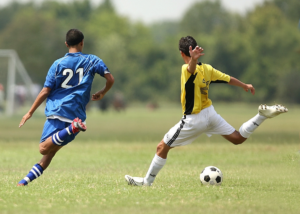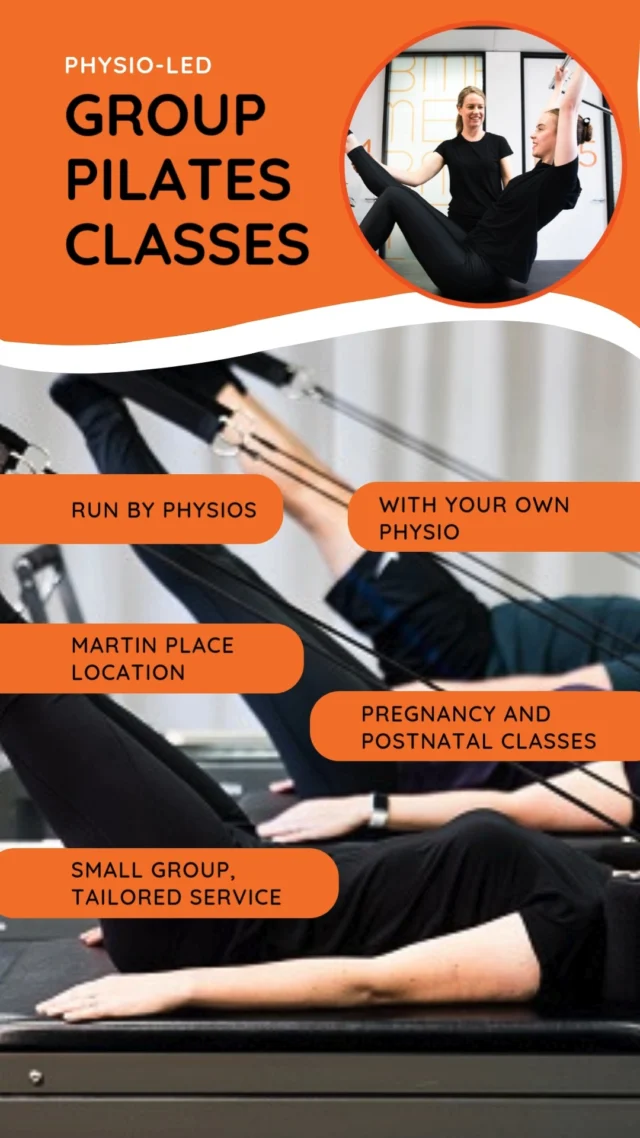The Football Season is well and truly underway and recently the FIFA Women’s World Cup has started in Australia and New Zealand, go the Matildas!
To Celebrate the World Cup, I’m writing a blog on one of the tricky injuries that occurs in football, which unfortunately can lead to a long absence from the game.
Quadriceps strains, specifically the rectus femoris muscle are the third most common muscle injury in Football players, following hamstring and adductor injuries. These injuries make up 5% of all injuries sustained by football players and 19% of all muscle tendon injuries.
Rectus femoris injuries are usually associated with forceful kicks, but can also occur in fast sprints and jumps. These movements require a forceful eccentric contraction of the rectus femoris, which means the muscle is under increased stress in a lengthened position.
Anatomy
The rectus femoris muscle is unique in its anatomy and role of action for the hip and knee. Rectus femoris is a bi-articular muscle located within the anterior aspect of the quadriceps muscle group. Meaning that the RF crosses the hip joint as well as the knee joint, additionally the muscle has 2 tendon origins. The direct head attaches to the Anterior Inferior Iliac Spine (AIIS) and the indirect head attaches to the Superior Acetabular ridge.
The action of the rectus femoris is unique also, as it not only extends the knee, but it also works to flex the hip.
Because of the complex anatomy, injuries to the rectus femoris may not always fit into the traditional grading system.
Rectus femoris injuries are divided into 3 mechanism categories: acceleration, deceleration and kicking injuries.
Acceleration:
During acceleration the quadriceps reaches its maximum length during early swing phase of the running cycle. During this time the hip-flexor muscles generate force at the same time as the knee-extensor muscles absorb energy through an eccentric muscle action. Therefore this results in a high forces through the muscle resulting in strain/injury.
Deceleration
During deceleration the body adopts a more up-right posture and a large eccentric force is passed through the quadriceps (rectus femoris) muscle group.
Kicking
This is the most common mechanism of injury in football. The injury occurs during the cocking phase of the kick (as the femur approaches hip extension).
During the cocking phase of the kick, both ends of the RF are working eccentrically to control the deceleration of the cocking phase of kicking before the leg is then accelerated forward to strike the ball. This is resultant in high peak forces through the quadriceps and rectus femoris muscle. Interestingly the athlete/player will typically feel that the injury has occurred at the moment of ball contact with the foot with a sharp pain into the upper thigh.
In a following blog the management of these injuries will be discussed. Importantly rectus femoris injuries are to be guided by the clinically and radiologically to reduce the risk of re-injury. If you have sustained a kicking injury, your rehabilitation must be guided by a Physiotherapist or expert in sports rehabilitation to reduce the risk of further injury and to return to sport appropriately.






